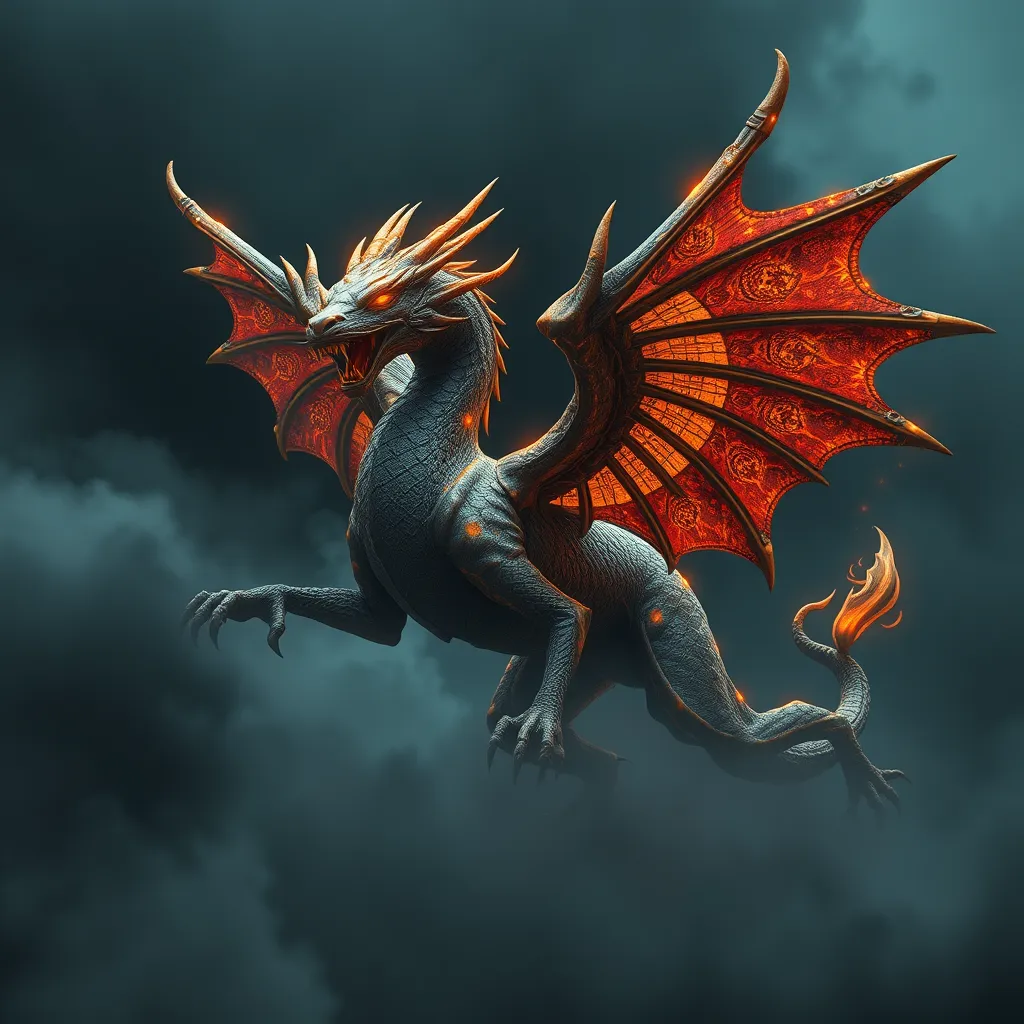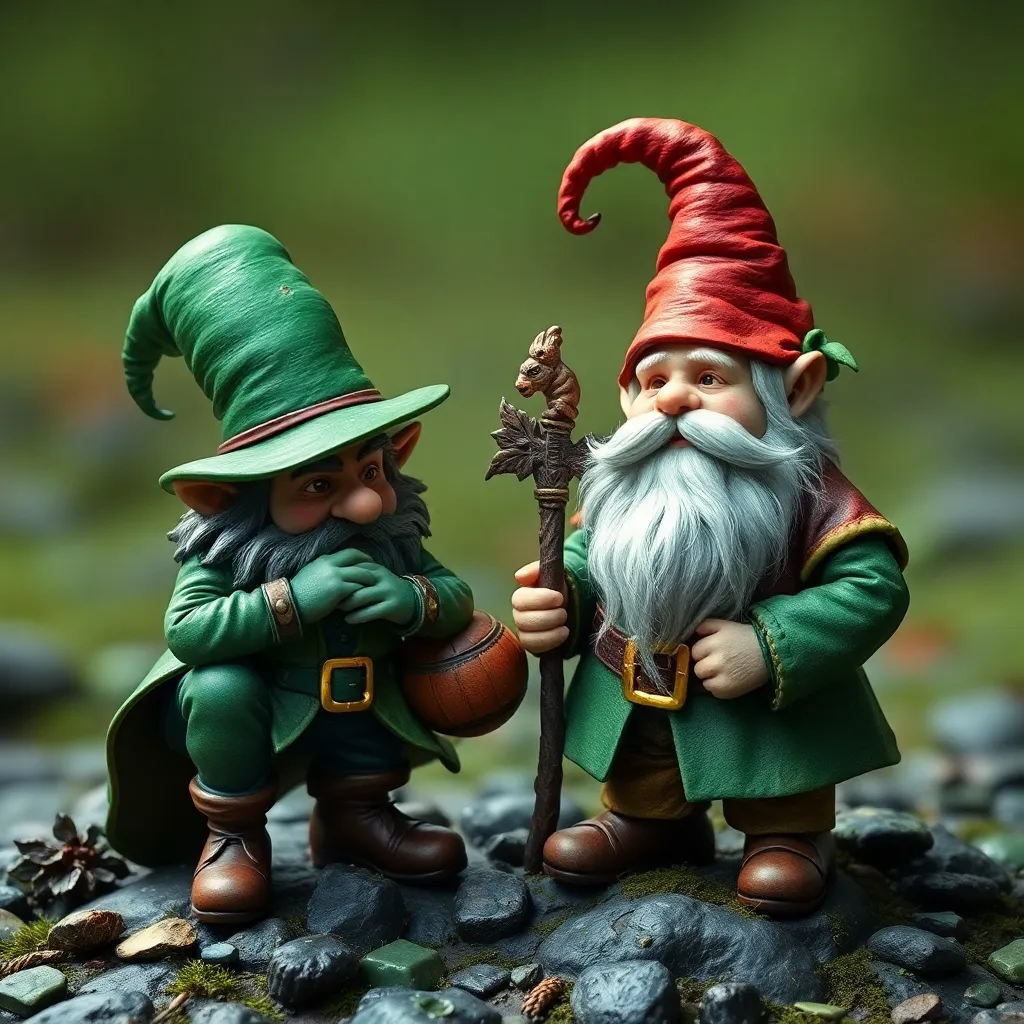The Chimera: Symbol of Fear, Power, and the Unknown
I. Introduction
The Chimera, a creature from Greek mythology, is often described as a monstrous hybrid with the body of a lion, a goat’s head protruding from its back, and a serpent for a tail. This fearsome beast has captivated the imagination of many throughout history, embodying both terror and fascination. The term “Chimera” has transcended its mythological origins to symbolize various themes, including fear, power, and the unknown.
This article aims to explore the multifaceted symbolism of the Chimera, tracing its roots in mythology and examining its significance in modern culture. By delving into its historical context, psychological interpretations, and representations in contemporary media, we will highlight how the Chimera continues to shape our understanding of these profound themes.
II. The Mythological Roots of the Chimera
The Chimera’s origins can be traced back to ancient Greek mythology, where it was often depicted as a formidable adversary in the tales of heroes. According to various accounts, the Chimera was the offspring of Typhon and Echidna, both of whom were known for their monstrous attributes. Historical texts describe the creature as a fire-breathing entity that terrorized the region of Lycia.
In addition to its fearsome appearance, the Chimera is notable for its unique physical characteristics:
- Body of a lion
- Head of a goat on its back
- Tail that ends in a snake’s head
One of the most famous myths involving the Chimera is the tale of Bellerophon, who, with the help of the winged horse Pegasus, was tasked with slaying the beast. This narrative has been a source of inspiration for countless works of art and literature, emphasizing the hero’s struggle against overwhelming odds.
III. The Chimera as a Symbol of Fear
The Chimera embodies fear in several ways, both in its physical form and the narratives surrounding it. In mythological tales, the creature represents the unknown dangers that lurk beyond human understanding. The terrifying features of the Chimera—its ability to breathe fire and its monstrous appearance—serve as a metaphor for the primal fears that humans have faced throughout history.
Psychologically, the Chimera’s characteristics can be interpreted as representations of internal fears and anxieties. The hybrid nature of the creature suggests the complexity of human emotions and the struggle between different aspects of the self. In modern culture, the Chimera continues to symbolize fear through various forms of media:
- Horror films depicting monstrous creatures
- Literature exploring themes of existential dread
- Art that reflects societal anxieties
IV. The Chimera as a Symbol of Power
Beyond its association with fear, the Chimera also represents power in ancient and contemporary contexts. In Greek mythology, the creature’s formidable presence was often tied to warfare and heroism. Bellerophon’s triumph over the Chimera is symbolic of the victory of human courage and ingenuity over chaos and destruction.
This duality of power—creation and destruction—can be observed in how the Chimera has been depicted in various narratives. While it instills fear, it also embodies the strength of those who confront it. In contemporary media, the Chimera often symbolizes strength and resilience:
- Heroic figures facing insurmountable challenges
- Protagonists who must overcome their inner demons
- Symbols of empowerment in literature and art
V. The Chimera and the Unknown
The concept of the unknown is a recurring theme in mythology, and the Chimera perfectly encapsulates humanity’s fears about what lies beyond comprehension. As a creature of various parts, it represents the amalgamation of uncertainties and the chaotic nature of existence.
In a modern context, the Chimera serves as a metaphor for our anxieties about the future. The unknown can evoke feelings of dread, as it often encompasses change, unpredictability, and the potential for danger. Literature and art frequently utilize the Chimera to illustrate these themes:
- Stories exploring dystopian futures
- Artworks that depict surreal and dreamlike scenarios
- Symbolism in poetry that reflects existential concerns
VI. The Chimera in Modern Culture
The Chimera’s influence extends into modern culture, where it appears in various forms of media, including film, literature, and visual arts. Movies often portray the Chimera as a fantastical creature, reflecting humanity’s enduring fascination with monsters and the unknown. In literature, authors draw on the Chimera’s symbolism to explore complex themes of identity and fear.
Furthermore, the Chimera has made its mark in popular culture:
- Video games featuring mythical creatures as antagonists
- Comics that incorporate the Chimera as a symbol of power
- Merchandising that capitalizes on the creature’s iconic status
As the symbolism of the Chimera evolves, it takes on new meanings that resonate with contemporary audiences, showcasing the creature’s adaptability in representing fear, power, and the unknown.
VII. Interpretations and Discussions
Scholarly perspectives on the Chimera’s symbolism vary, with some interpreting it as a reflection of societal fears, while others focus on its representation of conflict within the human psyche. The dual nature of the Chimera—both monstrous and heroic—invites discussions about the complexities of human emotions and experiences.
Public perception of the Chimera has also shifted over time. While once seen solely as a terrifying monster, it has become a symbol of empowerment and resilience. Personal interpretations of the Chimera can vary widely, with individuals relating to its themes of struggle and overcoming adversity.
In contemporary discussions about fear and power, the Chimera remains relevant. Its symbolism continues to resonate with those grappling with personal demons and societal challenges, making it an enduring figure in both mythological and modern contexts.
VIII. Conclusion
In conclusion, the Chimera stands as a multifaceted symbol that encapsulates fear, power, and the unknown. Its origins in Greek mythology provide a rich historical context for understanding its significance, while its representation in modern culture highlights its evolving symbolism.
The enduring legacy of the Chimera shapes our understanding of the complexities of human emotions and societal fears. As we confront our own Chimeras—whether they be personal anxieties, societal pressures, or the uncertainties of the future—we can find strength in embracing the unknown that this ancient creature represents.



